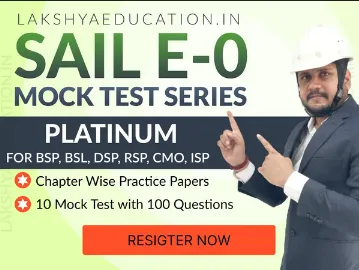MCQs
Total Questions : 94
| Page 9 of 10 pages
Answer: Option B. -> Patanjali
Answer: (b)
Answer: (b)
Answer: Option B. -> 1 only
Answer: (b)
Answer: (b)
Answer: Option D. -> Dhammapada — The original sermon of the Buddha of Sarnath
Answer: (d)
Answer: (d)
Answer: Option C. -> Both 1 and 2
Answer: (c)
Answer: (c)
Answer: Option A. -> Madurai
Answer: (a)
Answer: (a)
Answer: Option B. -> Bhimbetka
Answer: (b)
Answer: (b)
Answer: Option D. -> 4 1 2 3
Answer: (d)
The Abhidhamma Pitaka is the last of the three Pitakas constituting the Pali Canon, the scriptures of Theravada Buddhism. Abhidhamma has been variously described as philosophy, psychology, metaphysics, etc.
Sutta Pitaka matches with matters of doctrine and ethics. The Vinaya Pitaka is a Buddhist scripture, one of the three parts that make up the Tripitaka.
Its primary subject matter is the monastic rules for monks and nuns. Mahasanghika matches with members of a great community.
Answer: (d)
The Abhidhamma Pitaka is the last of the three Pitakas constituting the Pali Canon, the scriptures of Theravada Buddhism. Abhidhamma has been variously described as philosophy, psychology, metaphysics, etc.
Sutta Pitaka matches with matters of doctrine and ethics. The Vinaya Pitaka is a Buddhist scripture, one of the three parts that make up the Tripitaka.
Its primary subject matter is the monastic rules for monks and nuns. Mahasanghika matches with members of a great community.
Answer: Option B. -> 1 2 3 4
Answer: (b)
The Correct match list of author and their works are:
Author & Work
Sudraka - Mrichhakatikam
Visakhadatta - Mudrarakshasa
Kalidasa - Vikramorvasiyam
Bhavabhuti - Uttara Ramacharita
Sudraka’s Mrichhakatikam (The little clay Cart) is unquestionably a masterpiece in the realm of ancient Sanskrit drama. If we expect literature of the time to faithfully represent the age then the little clay cart has achieved this criterion more than any other plays of ancient Sanskrit tradition.
The Mudrarakshasa (“Signet Ring of the Rakshasa, the Chief Minister of the last Nanda King”), a historical play in Sanskrit by visakhadatta (4th century CE) narrates the ascent of king Chandragupta Maurya to power in Northern India with the aid of Chanakya, his Guru, and Chief Minister.
Vikramorvasiyam (Urvasi won Through valor) is based on the old legend of the love of the mortal Pururavaas for the heavenly damse Urvasi.
Uttara Ramacharita ( The story of Rama’s later life), depicts Rama’s coronation, the abandonment of Sita, and their reunion.
Answer: (b)
The Correct match list of author and their works are:
Author & Work
Sudraka - Mrichhakatikam
Visakhadatta - Mudrarakshasa
Kalidasa - Vikramorvasiyam
Bhavabhuti - Uttara Ramacharita
Sudraka’s Mrichhakatikam (The little clay Cart) is unquestionably a masterpiece in the realm of ancient Sanskrit drama. If we expect literature of the time to faithfully represent the age then the little clay cart has achieved this criterion more than any other plays of ancient Sanskrit tradition.
The Mudrarakshasa (“Signet Ring of the Rakshasa, the Chief Minister of the last Nanda King”), a historical play in Sanskrit by visakhadatta (4th century CE) narrates the ascent of king Chandragupta Maurya to power in Northern India with the aid of Chanakya, his Guru, and Chief Minister.
Vikramorvasiyam (Urvasi won Through valor) is based on the old legend of the love of the mortal Pururavaas for the heavenly damse Urvasi.
Uttara Ramacharita ( The story of Rama’s later life), depicts Rama’s coronation, the abandonment of Sita, and their reunion.
Answer: Option B. -> Damdama
Answer: (b)
Answer: (b)
Answer: Option A. -> Geologist
Answer: (a)
Answer: (a)
















